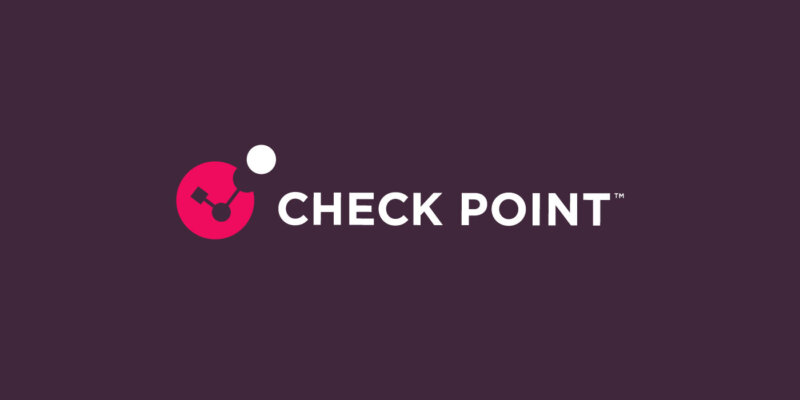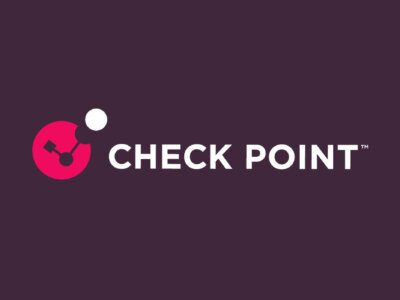
Generative AI and Agentic Systems: The New Frontline in Phishing and Smishing Defense
There’s a quiet revolution happening in cyber security. It isn’t unfolding in dark forums or exotic zero day markets. It’s happening in plain sight—inside large language models, voice cloning tools, and autonomous software agents.
Generative AI and agentic systems are rewriting the playbook for phishing and smishing. What used to be crude, one-off scams are now precisely crafted, multilingual, and adaptive campaigns that target individuals and organizations with frightening efficiency.
For CISOs and security leaders, this isn’t a theoretical risk. It’s a strategic turning point. The pace of AI innovation on the attacker’s side has outstripped the incremental improvements defenders have been making for years. The result? Traditional security assumptions—about detection, user training, and trust—are under strain like never before.
The Shift: AI as a Force Multiplier for Threat Actors
A few years ago, phishing emails were easy to spot: broken grammar, awkward greetings, suspicious links. Those cues have largely disappeared. Today, attackers use large language models (LLMs) to generate flawless messages in over a hundred languages.
They scrape LinkedIn, press releases, and past data breaches to craft emails that reference real projects, colleagues, or transactions. The email that lands in an employee’s inbox doesn’t look like spam; it looks like a message from their manager about a deal they’re actually working on.
Then there’s voice and video synthesis. With just a few seconds of recorded audio, attackers can now clone executive voices with remarkable accuracy. Add deepfake video into the mix, and suddenly a CFO “appears” on a call authorizing a transfer—or a senior exec “announces” a sensitive change that compels fast action. These tactics exploit human trust far more effectively than typos ever did.
This isn’t just a security issue; it’s a business risk touching finance, operations, compliance, and reputation simultaneously.
The Threat Architecture Has Changed
The mechanics of modern phishing and smishing now resemble legitimate business operations. Threat actors use cloud infrastructure, automation pipelines, and even AI-as-a-service models. Generative AI acts as their content engine. Agentic AI acts as their campaign manager.
These agentic systems don’t just blast out emails—they orchestrate multi-channel attacks across email, SMS, voice calls, and social platforms. They monitor how victims respond, learn from each interaction, and adjust tone, timing, and medium in real time. If email doesn’t work, they pivot to text messages. If that fails, they might try LinkedIn messages or phone calls using voice clones.
Security researchers have started calling this pattern Advanced Persistent Manipulation (APM). Like Advanced Persistent Threats (APTs), these campaigns build relationships over time. They don’t need to “trick” you immediately—they’re patient, persistent, and adaptive.
For defenders, that means the attack surface isn’t a single inbox anymore. It’s every communication channel your organization uses, every day.
Why Traditional Defenses Are Struggling
For years, cyber security programs have leaned heavily on security awareness training. Employees were taught to spot bad grammar, mismatched URLs, and other “red flags.” But AI has eliminated many of those flags.
The economics are also shifting. AI lets attackers send out thousands of personalized lures at negligible cost. Defenders, meanwhile, have to analyze each one individually—often involving human analysts. SOC teams are already overloaded; AI is making that worse by flooding them with convincing, high-fidelity threats.
And then there’s the issue of trust. Digital business runs on implicit trust: employees trust messages from executives, partners trust vendor emails, customers trust brand communications. AI-enabled impersonation systematically erodes that trust. If organizations respond by imposing rigid verification processes on everything, productivity suffers. If they don’t, they remain vulnerable. Finding that balance is now a strategic governance challenge, not just a technical one.
Building an AI-Resilient Security Posture
Meeting AI-enabled threats requires more than tweaking existing tools. It demands architectural change and strategic prioritization. Here are five pillars CISOs should focus on:
- Embrace AI-Powered Defenses
Next generation security must use machine learning to analyze communication patterns, tone, and context—not just signatures. Platforms like Check Point Harmony Email & Collaboration apply AI to detect sophisticated phishing attempts that older filters miss. Organizations adopting these capabilities report significant improvements in detection and reduced exposure windows.
- Extend Zero Trust Principles to Communications
Zero Trust isn’t just for networks; it applies to email, SMS, and collaboration tools too. Requiring identity verification, MFA, and out-of-band confirmation for high-risk actions can block many AI-driven scams. Check Point Infinity Architecture offers unified Zero Trust enforcement across email, endpoint, mobile, and network, enabling cohesive defense across vectors.
- Use XDR for Cross-Channel Detection
AI-powered phishing often unfolds across multiple surfaces. Extended Detection and Response (XDR) platforms, like Check Point Infinity XDR, correlate data from endpoints, identity systems, networks, and email to uncover attack chains that single tools might miss. This reduces dwell time and allows faster containment.
- Don’t Ignore Mobile
Smishing is rising fast. Mobile devices are often the weakest link in phishing defenses. Check Point Harmony Mobile protects iOS and Android from malicious links in SMS, messaging apps, and mobile browsers—areas traditional email gateways don’t cover.
- Automate the Response
When attackers move at machine speed, defenders can’t rely on manual processes. Security orchestration and automated response (SOAR) solutions isolate compromised accounts, quarantine malicious messages, and block infrastructure within seconds. Speed matters.
The Governance Angle
Regulators are tightening the screws. The SEC now requires reporting of material cyber security incidents within four business days. GDPR, HIPAA, PCI DSS, and GLBA all emphasize adaptive risk management. AI-enabled attacks increasingly trigger these reporting thresholds, and failure to address known threats can lead to enforcement actions.
Boards are also asking sharper questions. CISOs are expected to explain the AI threat landscape, quantify exposure, justify investment, and show metrics that prove defenses are working. Cyber insurers are following suit, raising their coverage standards and premiums for organizations that lag behind.
The New CISO Imperative
Generative AI and agentic systems are not a distant future threat—they’re here, reshaping phishing and smishing right now. Attackers have already adapted. The real question is: can defenders keep pace?
For CISOs, this moment calls for decisive action.
- Adopt AI-native security technologies that match adversaries in speed and scale.
- Rethink Zero Trust as a communication strategy, not just an access model.
- Correlate signals across domains to catch multi-channel campaigns early.
- Expand defenses to mobile.
- Automate responses wherever possible.
- Align governance, compliance, and board strategy with this evolving risk.
Early movers are already seeing tangible benefits—lower breach rates, faster detection, and more resilient digital trust. Those who delay will find themselves fighting battles on the attacker’s terms, not their own.
The AI revolution is already on your network. The question is whether your defenses are ready for it.



